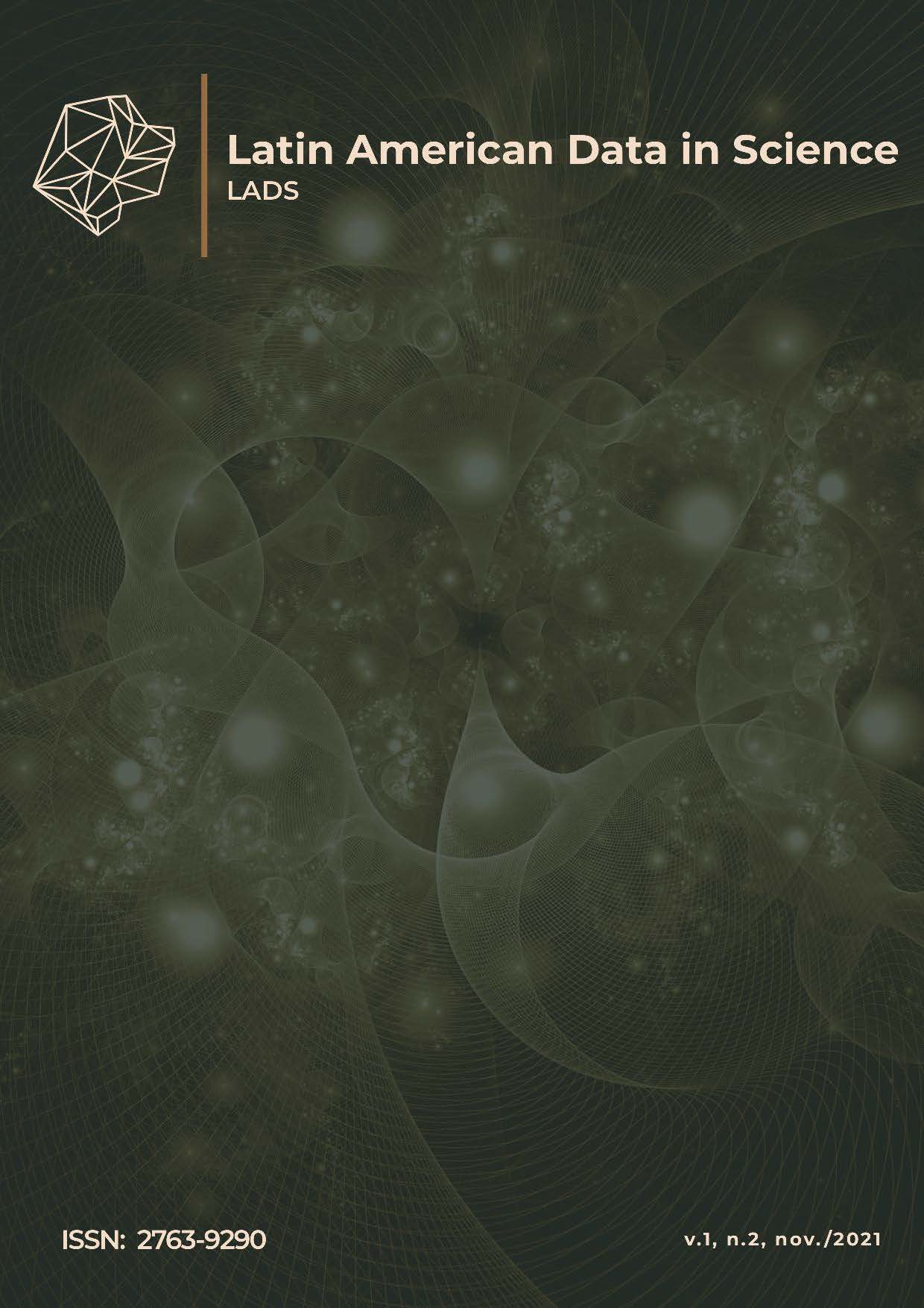Functional DNA annotation from a preliminary de novo genome assembly of Brycon orbignyanus, an endangered Neotropical migratory fish
DOI:
https://doi.org/10.53805/lads.v1i2.12Palavras-chave:
Ab initio prediction, Aquaculture, Bioinformatics, Conservation genetics, NGSResumo
The predicted sequence for thousands of genes revealed by a preliminary low-coverage genome assembly is presented for Brycon orbignyanus, an endangered migratory fish. Neotropical migratory fish stocks have been drastically reduced due to accumulated environmental pressure. Brycon orbignyanus, once one of the main fisheries species in the Platine Basin, is now very rare in nature and relies on spawning programs and a few well preserved or still untouched sites. The use of high-throughput DNA sequencing is still untapped regarding the functional genome information from B. orbignyanus. In order to help bridging this gap, we present a dataset resulting from the first functional annotation from a de novo genome assembly for B. orbignyanus, from short reads (90 bp), obtained by the HiSeq 2000 platform (Illumina). The annotation was performed for scaffolds over 10 kb using the Maker pipeline, with reference sequences taken from the NCBI for the Characiformes order. This annotation resulted in the prediction of 12,734 genes, classified with the aid of PANTHER. The data presented here can facilitate the development of basic research in this threatened species, along with practical biotechnological tools for different areas, such as commercial and environmental fish spawning operations (e.g. hormonal induction, growth) and human health.
Referências
CANTAREL, B. L. et al. MAKER: An easy-to-use annotation pipeline designed for emerging model organism genomes. Genome Res, 18:188–196, 2008. DOI: https://doi.org/10.1101/gr.6743907.
COOPER G. M, HAUSMAN, R. E. A Célula: Uma Abordagem Molecular. Artmed Editora: p. 89-138, 2016.
CHIKHI, R.; MEDVEDEV, P. Informed and automated k-mer size selection for genome assembly. Bioinformatics 30:31–37, 2014. DOI: https://doi.org/10.1093/bioinformatics/btt310.
DONALDSON, E. M.; HUNTER, G. A. 7 Induced Final Maturation, Ovulation, and Spermiation in Cultured Fish. In: Hoar WS, Randall DJ, Donaldson EM (eds), Fish Physiology. Academic Press, pp 351–403, 1983.
HOWE, K. et al. The zebrafish reference genome sequence and its relationship to the human genome. Nature, v. 496, n. 7446, p. 498-503, 2013.
KIM, O. T. P. et al. A draft genome of the striped catfish, Pangasianodon hypophthalmus, for comparative analysis of genes relevant to development and a resource for aquaculture improvement. BMC Genomics 19:733, 2018. DOI: https://doi.org/10.1186/s12864-018-5079-x.
LOPERA-BARRERO, N. M. Conservation of Brycon orbignyanus natural populations and stocks for their reproductive, genetic, environmental sustainability: A model for species threatened with extinction. Ciencia e investigación agrarian, 36:191–208, 2009. DOI: https://doi.org/10.4067/S0718-16202009000200004.
LUO, R. et al. SOAPdenovo2: an empirically improved memory-efficient short-read de novo assembler. GigaScience, 1:18, 2012. DOI: https://doi.org/10.1186/2047-217X-1-18.
MI, H. et al. PANTHER version 7: improved phylogenetic trees, orthologs and collaboration with the Gene Ontology Consortium. Nucleic Acids Res 38:D204–D210, 2010. DOI: https://doi.org/10.1093/nar/gkp1019.
MOREAU, D. T. R.; CONWAY, C.; FLEMING, I. A. Reproductive performance of alternative male phenotypes of growth hormone transgenic Atlantic salmon (Salmo salar). Evol Appl 4:736–748, 2011. DOI: https://doi.org/10.1111/j.1752-4571.2011.00196.x.
ROSA, R. S.; LIMA, F. C. T. Os peixes brasileiros ameaçados de extinção. In: Livro vermelho da fauna brasileira ameaçada de extinção. Ministério do Meio Ambiente, Brasília, p 278, 2008.
SIMÃO, F. A. et al. BUSCO: assessing genome assembly and annotation completeness with single-copy orthologs. Bioinformatics 31:3210–3212, 2015. DOI: https://doi.org/10.1093/bioinformatics/btv351.
STOCKDALE, W. T. et al. Heart Regeneration in the Mexican Cavefish. Cell Rep 25:1997-2007.e7., 2018. DOI: https://doi.org/10.1016/j.celrep.2018.10.072.
TONELLA, L. H. et al. Conservation status and bio-ecology of Brycon orbignyanus (Characiformes: Bryconidae), an endemic fish species from the Paraná River basin (Brazil) threatened with extinction. Neotropical Ichthyology, v. 17, 2019. DOI: https://doi.org/10.1590/1982-0224-20190030.
ZOHAR, Y.; MYLONAS, C. C. Endocrine manipulations of spawning in cultured fish: from hormones to genes. Aquaculture 197:99–136; 2001. DOI: tps://doi.org/10.1016/S0044-8486(01)00584-1.
YAZBECK, G. M. et al. A broad genomic panel of microsatellite loci from Brycon orbignyanus (Characiformes: Bryconidae) an endangered migratory Neotropical fish. Scientific Reports v. 8, n. 1, p. 1-5, 2018. DOI: https://doi.org/10.1038/s41598-018-26623-x.
Downloads
Publicado
Como Citar
Edição
Seção
Categorias
Licença
Copyright (c) 2021 Latin American Data in Science

Este trabalho está licenciado sob uma licença Creative Commons Attribution 4.0 International License.





